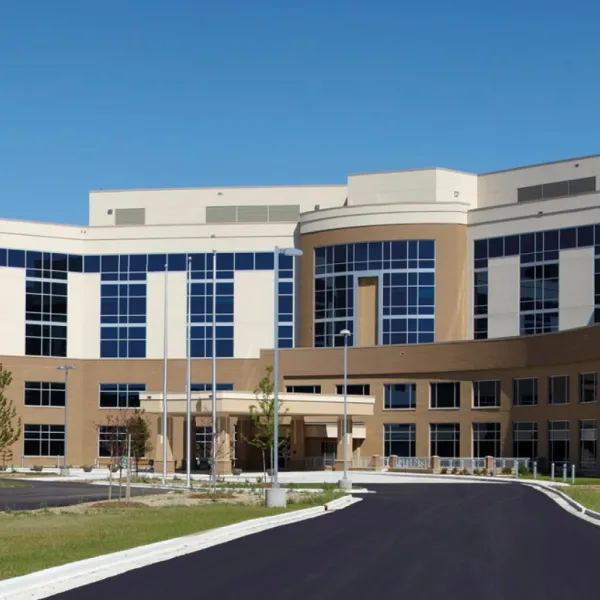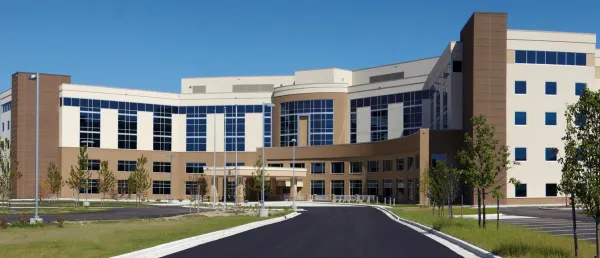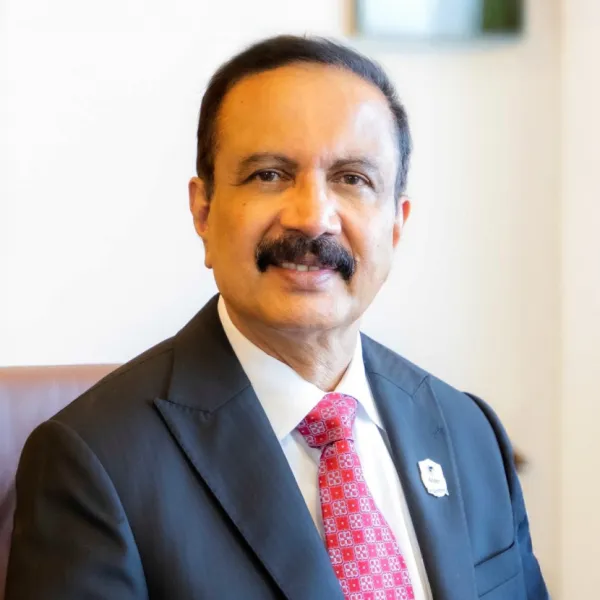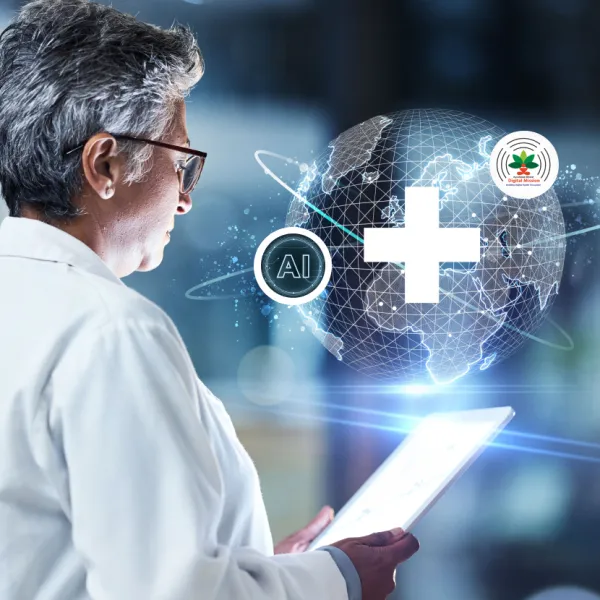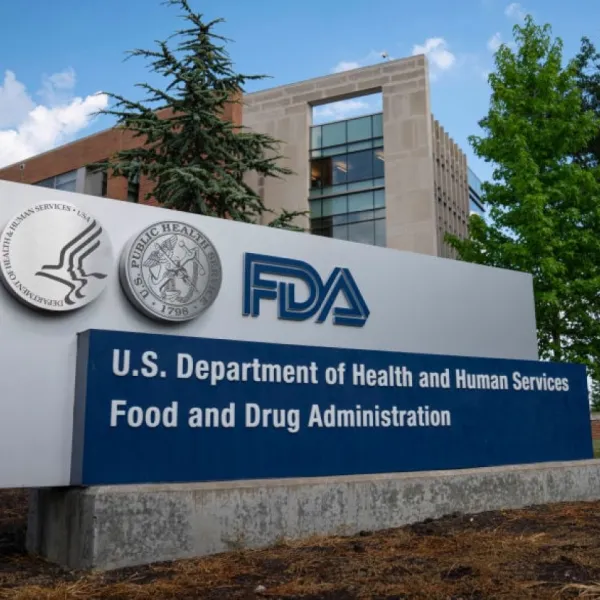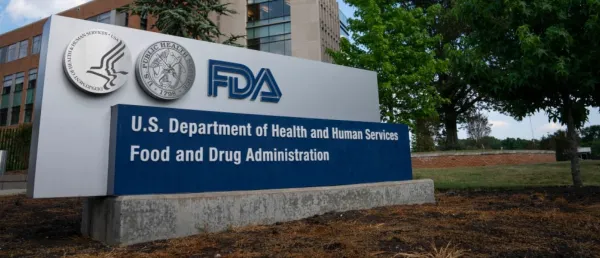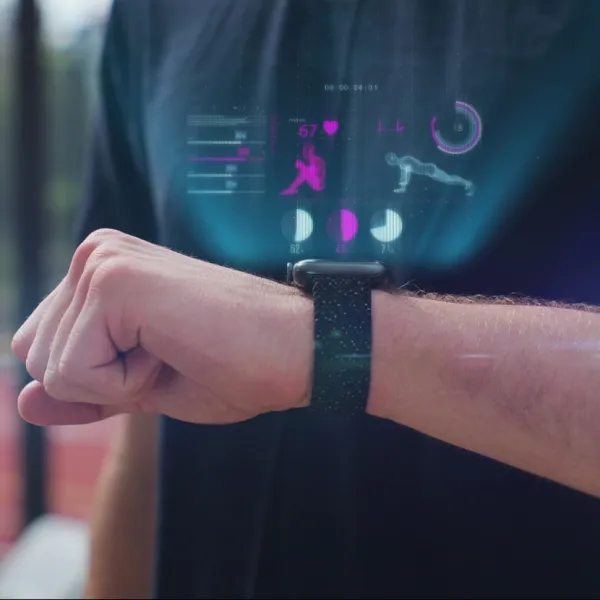AIIMS Bhopal & Jodhpur Propose Structured Cancer Care Model for Smaller Cities

This initiative addresses infrastructural and systemic gaps in oncology services outside metropolitan areas.
AIIMS Bhopal and AIIMS Jodhpur have jointly proposed a new strategy to improve cancer care delivery in India’s tier 2 and tier 3 cities.
The initiative, developed in collaboration with healthcare experts and published in an open-access journal, focuses on addressing infrastructural and systemic gaps in oncology services outside metropolitan areas.
According to the researchers, cancer treatment in India remains predominantly centered in tier 1 cities. At the same time, patients in smaller towns face challenges such as uncoordinated care systems, limited infrastructure, rising treatment costs, and socio-economic disparities.
Additionally, the team has suggested a hierarchical care delivery structure designed to decentralize and streamline oncology services across regions to counter these issues.
Four-Tier Model with Policy and Digital Integration
The proposed model follows a four-tier structure. At the top is an apex center that functions as a policymaking and administrative body. Tier 2 cities will act as hubs for tertiary cancer care. District headquarters will serve as nodal centers, and primary cancer care units will be set up in areas with high disease prevalence.
The framework also emphasizes the importance of phased infrastructure development and integrating services using digital platforms to enable coordination across various levels of care.
Describing the design, the researchers stated, "The snowflake model aligns with the existing principles of Ayushman Bharat Health and Wellness Centres (AB-HWCs), the National Cancer Grid (NCG), and the Hub-and-Spoke Model." They noted that the new approach goes a step further by incorporating a tailored hierarchical structure that responds to region-specific needs.
Expert Insights on Implementation Challenges
Healthcare experts associated with the initiative pointed out that, "While decentralization and digital integration have been highlighted in previous frameworks, a phased and structured approach adapted to the resource variability of tier 2 and 3 cities is essential for sustainable impact."
The team also indicated that leveraging existing programs like AB-HWCs and telemedicine tools under the National Cancer Grid could extend their model to already operational platforms, enhancing continuity of care.
The model is still conceptual, and its implementation would depend on broader policy discussions and state-level readiness for system upgrades and coordination.
Stay tuned for more such updates on Digital Health News







